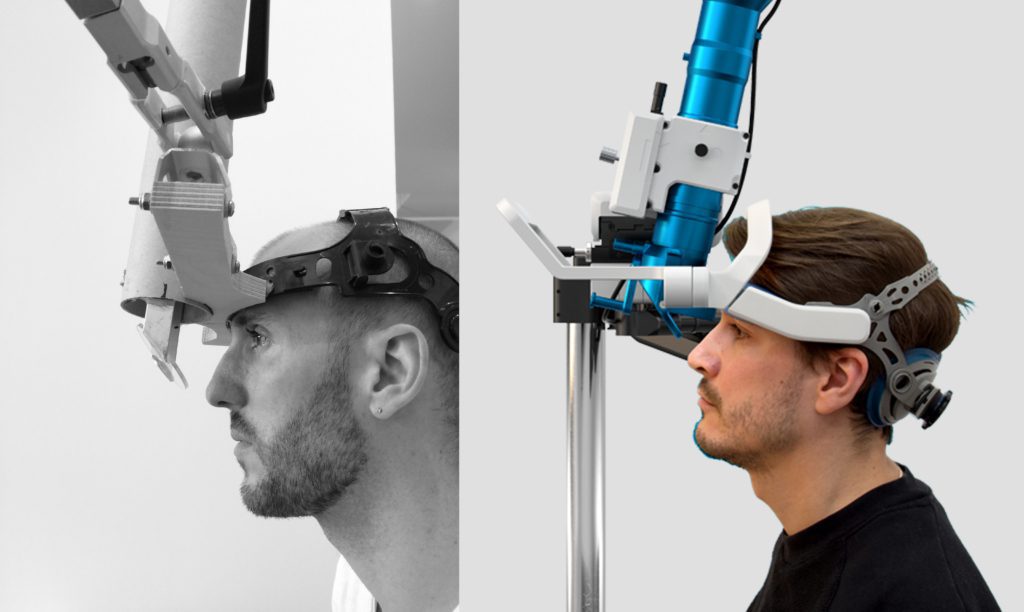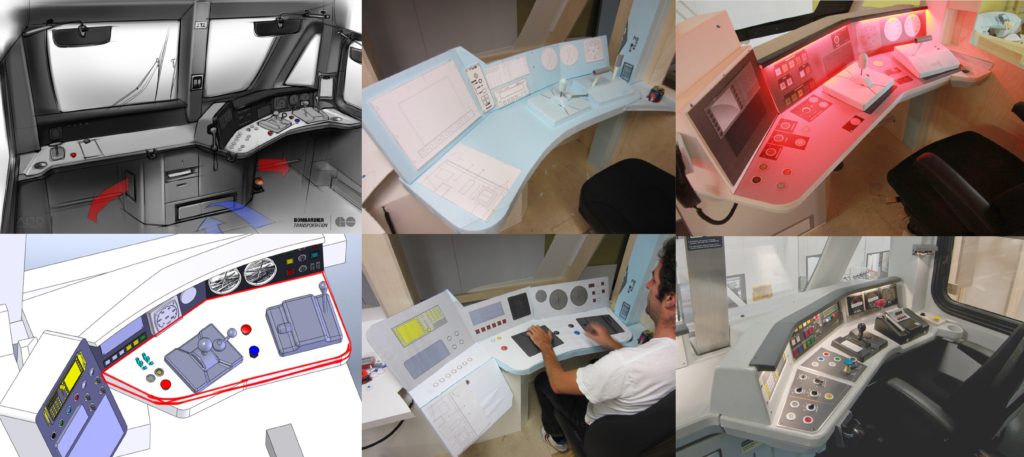Human Factors in Design : part 1
14 November 2025
Uncategorized
6 Min

Series Human Factors in design – Part 1 : Understanding Human Abilities to Better Design
By Noëmie Candau, November 14th 2025,
We often hear about the importance of human factors in the design of interfaces, products, and systems. Human error, ergonomics, usability, accessibility… there are many related concepts, and their application in design can sometimes feel abstract. Yet, taking human factors into account from the very beginning of the design process is essential to create safe, relevant, and enjoyable products.
Ultimately, proper evaluation of these factors enables the design of products that provide smooth and intuitive user experiences. This approach also facilitates the adoption of new products or technologies and helps build long-term user loyalty toward a brand. Conversely, trying to apply these principles as an afterthought rarely works.
In this first article of the series, we will explore the fundamental principles of human factors and their role in preventing use errors. The following articles will explore their indispensable contribution to the creation of new products and the methodologies to prioritize at each stage of the design process.
Applying human factors in design facilitates the adoption of new products.
At the Intersection of People and Their Environment
Let’s start by defining what human factors refer to. This field of study focuses on human–machine or human–system interactions. Every action we take when using a product—pressing a button, navigating an interface, reading a signal—is the result of both cognitive interpretation and physical response. When facing a product, we first try to understand how it works, then we attempt to activate its functions. The success or failure of a given task can have profound repercussions on both the individual and their environment — in terms of safety, productivity, and physical or psychological well-being.
Research in this field seeks to understand how systems influence human behavior by taking into account people’s perceptual and motor capacities as well as their limitations. From this perspective, unintentional error is not attributed to user failure but rather to system failure: it is the interfaces and objects that must be adapted to human abilities, not the other way around.
To design interfaces and objects that guide users effectively, we must understand how humans function. Our cognition, senses, and motor skills differ from those of other living organisms, and moreover, our individual abilities vary. To better understand these particularities, human factors draw on research from several disciplines — such as anthropometry, ergonomics, and neuropsychology, to name a few.
Interfaces and objects must be adapted to human abilities — not the other way around.
As designers, we aspire to create products that simplify and improve users’ daily lives. Integrating human factors engineering into the design process helps ensure that design choices align with users’ cognitive processes and physical capabilities. Their role in product development can influence critical aspects of the user experience such as safety, accessibility, comfort, learning, and satisfaction.

Investigating and Preventing Use Errors
Use errors can have consequences ranging from simple frustration to serious injury. A misuse of medical equipment, for example, could have irreversible effects on a patient’s health. However, there are several ways to prevent errors or reduce the severity of their consequences.
A common approach is to investigate the causes of errors. This method is particularly relevant for understanding and correcting the root causes of incidents in existing systems but can also be applied to advanced prototype testing. Such investigation should determine whether the error stems from difficulty performing the intended task correctly or from difficulty interpreting which task should be performed.

For example, consider an operator who must activate a lever on a control panel. In the first scenario, the lever is clearly identified but hard to reach — the operator might fail to activate it physically. In the second scenario, the lever is easy to access but its appearance does not follow standard conventions and resembles another type of control. This confusion could lead the operator to activate the wrong lever!

Identifying the type of error then allows designers to act on its causes during product design or improvement. Returning to the previous example, this might require adjusting the lever’s position, size, and clearance in the first case, and in the second case, modifying its appearance or even its operation mode to align with common standards. Additional feedback and status signals could also be included to help the operator confirm that the correct lever was activated.
Identifying the types of errors makes it possible to address their root causes.
But what about new products that have no usage history yet? In the second article of this series on human factors in design, we will explain which principles to consider when creating products or systems that introduce new forms of use.
This article was translated with the support of an artificial intelligence tool (ChatGPT, OpenAI) to optimize the clarity and fluidity of the text. The final content reflects the author’s thinking and expertise.

